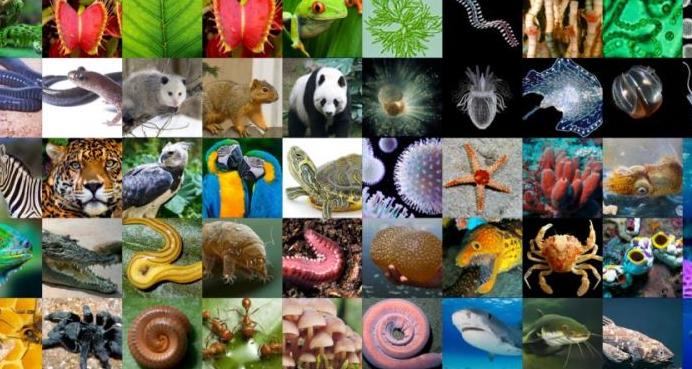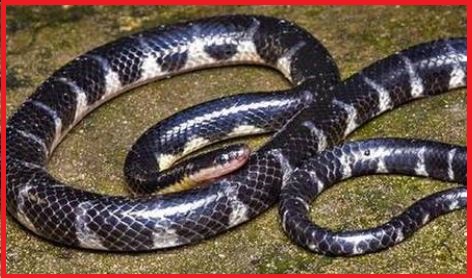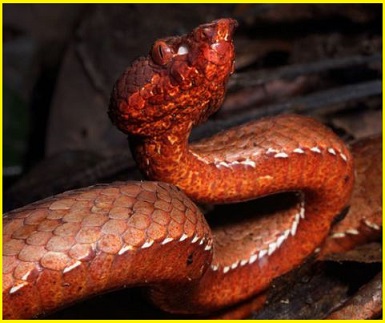Updated By: LatestGKGS Desk
Biodiversity: definition, types, genetic, species and ecological diversity

Biodiversity: definition and types
In our biosphere immense diversity (or heterogeneity) exists not only at the species level but at all levels of biological organization ranging from macromolecules within cells to biomes.
Biodiversity is the term popularised by the sociobiologist Edward Wilson to describe the combined diversity at all the levels of biological organization.
The most important of them are:-
Genetic diversity:- A single species might show high diversity at the genetic level over its distributional range. The genetic variation is shown by the medicinal plant Rauwolfia vomitoria growing in different Himalayan ranges might be in terms of the potency and a concentration of the active chemical (reserpine) that the plant produces.
Species diversity:- The diversity at the species level. For example, the Western Ghats have a greater amphibian species diversity than the Eastern Ghats.
Ecological diversity:- At the ecosystem level, India, for instance, with its deserts, rainforests, mangroves, coral reefs, wetlands, estuaries, and alpine meadows have a greater ecosystem diversity than a Scandinavian country like Norway.


